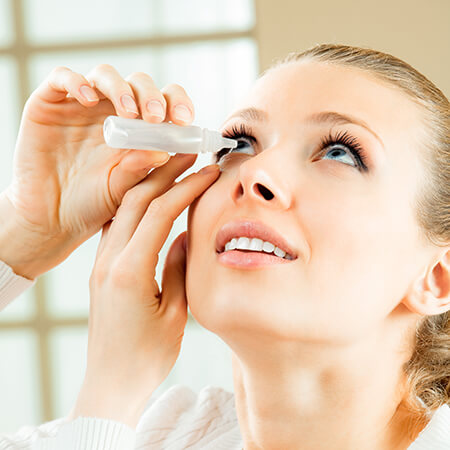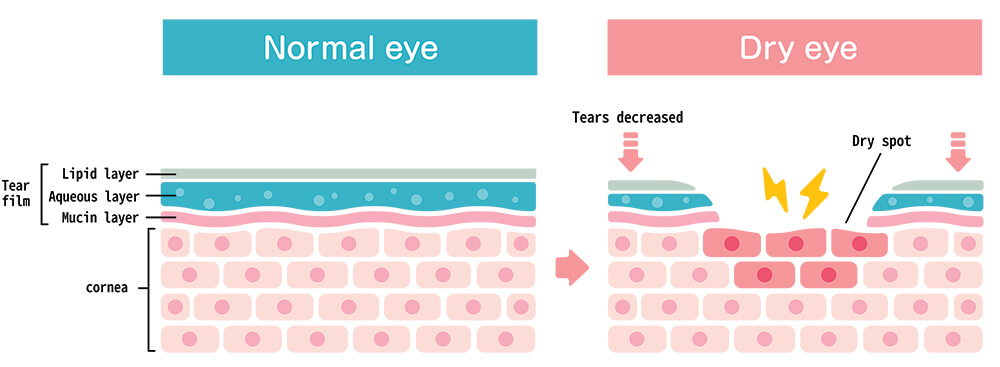
What is Dry Eye?
Dry Eye is an eye condition that affects millions of people around the world, and is oftentimes painful. Dry Eye Syndrome is a disorder of the eye’s tear film that causes decreased tear and moisture production.
Your eyes may not be producing enough tears, or they may not be producing high-quality tears. Patients with Dry Eye Syndrome often report blurry vision and irritated eyes. Dry Eye Syndrome should be diagnosed and treated correctly to avoid long-term damage to sight.
Finding the most effective treatment depends on the right diagnosis of what is causing the problem. The good news is that most people can get relief from their discomfort. There are numerous treatments to relieve dry eyes once your eye doctor has determined the underlying causes. The Dry Eye specialists at Northwest Eye have created a Dry Eye and Blepharitis Center to provide patients with the tools, time, and treatment to properly diagnose and relieve their Dry Eye symptoms.
Need Dry Eye Products? Order at our Online Store:
How Do Tears Work?
Be Eye Wise: Knowing how the tear film system works will help you understand what causes Dry Eye. When you blink, a film of tears spread over the eye, making the surface of the eye smooth and clear. The tear film is essential to good vision.
The tear film has three layers that cover and protect the eye:
- The outer oily (lipid) layer reduces evaporation and prevents the liquid layer from draining too quickly. This is produced by the meibomian glands.
- The middle watery (aqueous) layer nourishes and cleanses the eye.
- The inner (mucin) layer spreads the watery layer over the entire eye and keeps it moist.

What Causes Dry Eye?
Dry eye is due to insufficient moisture on your eyes resulting from inadequate quality or quantity of tears. If the eyes are not lubricated enough, either by low quantity or poor quality tears, they feel uncomfortable and irritated.
Excessive screen time from working at home or attending online classes is causing Dry Eye symptoms for thousands of people who have never had problems before!
Not Enough Tears
Although Dry Eye affects people of all ages, tear production decreases typically due to the aging process. There are several reasons for this, including:
- Aging and menopause
- Side effects of medications such as antihistamines, decongestants, beta-blockers, diuretics, birth control, hormone replacement therapy, and antidepressants
- Rheumatoid arthritis, Sjogren’s syndrome and other autoimmune disorders; thyroid disease and Vitamin A deficiency
- A side effect of LASIK or other laser eye procedures
Tear Film Evaporation
- Exposure to windy, smoky, or dry environments
- Not blinking enough when concentrating on computers, TV, and smartphone screens
- Eyelid problems that cause the lids to turn out (ectropion) or in (entropion)
Poor Quality Tears
Sometimes there are enough tears, but the tear quality (chemical composition) does not keep the eyes moist. The most common imbalance occurs when tears don’t have enough oil composition due to blocked oil glands near the eyelashes’ base. Several conditions can cause this:
- Meibomian Gland Dysfunction
- Blepharitis (inflammation of the eyelids)
- Rosacea and other skin disorders
Dry Eye FAQs
Be Eye Wise and schedule an appointment with the Dry Eye & Blepharitis Center at Northwest Eye.









